|
|
|
|
Collection of Historical Sources on Simon Stevin
|
|
|
|
Collection of Historical Sources on Simon Stevin
|
|
|
|
Collection of Historical Sources on Simon Stevin
|
|
|
|
Collection of Historical Sources on Simon Stevin
|
|
|
|
The Collection Browser of the Archimedes Project
|
|
|
|
Collection of Historical Sources on Simon Stevin
|
|
|
|
Collection of Historical Sources on Mathematics
|
|
 Stevin, Simon, Memoires mathematiques: contenant ce en quoy s'est exercé le très-illustre, très-excellent Prince et Seigneur Maurice, Prince d' Orange, Conte de Nassau, Catzenellenboghen, Vianden, Moers, etc., 1605-1608 Stevin, Simon, Memoires mathematiques: contenant ce en quoy s'est exercé le très-illustre, très-excellent Prince et Seigneur Maurice, Prince d' Orange, Conte de Nassau, Catzenellenboghen, Vianden, Moers, etc., 1605-1608
 Source information Source information
 Permanent URI:http://echo.mpiwg-berlin.mpg.de/MPIWG:BP9FD4DA Permanent URI:http://echo.mpiwg-berlin.mpg.de/MPIWG:BP9FD4DA
|
Collection of Historical Sources on Simon Stevin
|
|
De Beghinselen der Weeghconst is Stevin's chief work in mechanics. Published in 1586, some fifty years before Galileo's discoveries, it is devoted chiefly to statics. From the evidence that it provides, Stevin would seem to be the first Renaissance author to develop and continue the work of Archimedes. The book contains discussions of the theory of the lever, the theorems of the inclined plane, and the determination of the center of gravity; but most particularly it includes what is perhaps the most famous of Stevin's discoveries, the law of the inclined plane, which he demonstrated with the clootcrans, or wreath of sheres.
Partner institutions and contributors:
|
|
|
|
|
Collection of Historical Sources on Simon Stevin
|
|
Simon Stevin's (1548-1620) work is part of the general scientific revival that resulted from the commercial and industrial prosperity of the cities of the Netherlands and northern Italy in the sixteenth century. This development was further spurred by the discovery of the principal works of antique science &dsh; especially those of Euclid, Apollonius, Diophantus, and Archimedes &dsh; which were brought to western Europe from Byzanthium, then in a state of decline, or from the Arabic centers of learning in Spain. Stevin wrote on a variety of topics. A number of his works are almost wholly original, while even those that represent surveys of science as it existed around 1600 contain his own interpretations; all are characterized by a remarkable lucid and methodological presentation. Stevin chose to write almost all of his books in the vernacular. In the introduction to his De Beghinselen der Weeghconst of 1586, he stated his admiration for Dutch as a language of wonderful power in shaping new terms; and a number of words coined by stevin and his contemporaries survive in the rich Dutch scientific vocabulary.
Other presentations of this collection:
Partner institutions and contributors:
|
Manuscripts and Related Writings of the Pioneers of the Scientific Revolution
|
|
Result as RDF-Format
|

 Source information
Source information
 Permanent URI:http://echo.mpiwg-berlin.mpg.de/MPIWG:PNF8PQ1A
Permanent URI:http://echo.mpiwg-berlin.mpg.de/MPIWG:PNF8PQ1A
 Source information
Source information
 Permanent URI:http://echo.mpiwg-berlin.mpg.de/MPIWG:HPU6C85T
Permanent URI:http://echo.mpiwg-berlin.mpg.de/MPIWG:HPU6C85T
 Stevin, Simon, La castrametation,
Stevin, Simon, La castrametation, 

